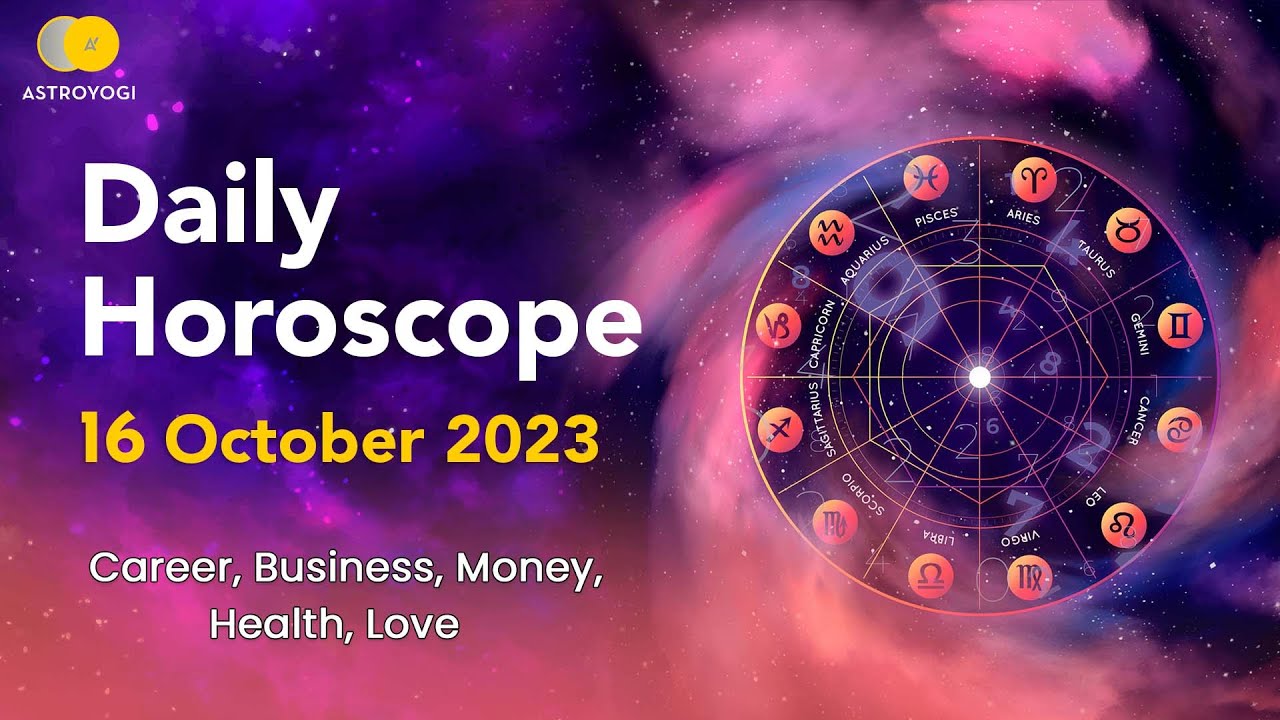Astrology, an ancient practice dating back thousands of years, continues to captivate and intrigue people across cultures and generations. Defined as the study of the positions and movements of celestial bodies, love and relationship astrology reading offers insights into the potential influences these cosmic phenomena may have on human affairs and terrestrial events.
Originating from civilizations such as Mesopotamia, China, India, and Mesoamerica, astrology has evolved into various forms, but its essence remains consistent—a belief that the positioning of celestial bodies at the time of one’s birth can offer a symbolic representation of their personality, tendencies, and life events.
At its core, astrology operates on the premise that the positions of planets, the sun, moon, and stars at specific moments can shape an individual’s characteristics and destiny. The zodiac, consisting of twelve signs, forms the foundation of astrological analysis. Each sign represents distinct traits and qualities, influencing how individuals perceive the world and interact with others.
The alignment of planets within these signs further refines astrological readings. For instance, the position of the moon can signify emotional tendencies, while Mercury’s placement may indicate communication styles and intellectual prowess. Meanwhile, the location of Venus can offer insights into an individual’s approach to love and relationships.
Astrology involves detailed birth chart calculations, known as a natal chart or horoscope, which maps the positions of celestial bodies at the moment of a person’s birth. This chart serves as a blueprint, providing astrologers with a comprehensive view of an individual’s potential strengths, weaknesses, and life events across various domains like career, relationships, and personal growth.
However, it’s essential to note that astrology is not merely a deterministic tool predicting fate. Instead, it offers guidance and self-reflection, encouraging individuals to understand themselves better and navigate life’s complexities with a heightened awareness of their predispositions.
